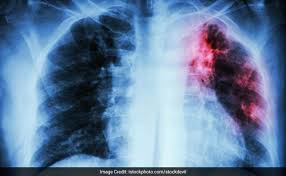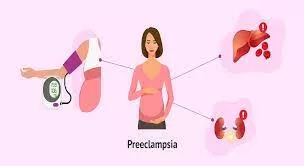Recent research published in Circulation: Cardiovascular Quality and Outcomes suggests that young adults, particularly those aged 35-45, may face a higher risk of stroke from nontraditional factors such as migraines rather than traditional risk factors like high blood pressure. The study, conducted by researchers from the University of Colorado School of Medicine, sheds light on the evolving understanding of stroke risk among younger populations.
While most strokes are attributed to traditional risk factors like high blood pressure, high cholesterol, and smoking, the study’s findings indicate a rising incidence of strokes among young adults without these typical risk factors. Lead author Dr. Michelle Leppert and her team sought to identify the primary contributors to stroke risk in this demographic.
Analyzing health insurance claims data from over 2,600 stroke patients and 7,800 non-stroke individuals in Colorado, researchers discovered that nontraditional risk factors played a significant role in stroke development among adults aged 18-44. Notably, migraines, blood clotting disorders, kidney failure, autoimmune diseases, and malignancy were associated with a higher risk of stroke in this age group.
Among the key findings:
- In individuals aged 18-34, nontraditional risk factors accounted for a larger proportion of strokes compared to traditional risk factors.
- Migraine emerged as the most significant nontraditional risk factor, contributing to a substantial percentage of strokes in both men and women.
- Traditional risk factors became more predominant in the 35-55 age group, particularly high blood pressure.
Dr. Leppert emphasized the importance of recognizing and addressing nontraditional stroke risk factors, especially in younger adults. “Our findings challenge the notion that strokes in young people are primarily due to traditional risk factors,” she stated. “Both traditional and nontraditional factors should be considered in stroke prevention and management.”
The study’s comprehensive approach, utilizing a large dataset spanning seven years, provides valuable insights into stroke epidemiology among younger adults. However, the research also has limitations, including reliance on administrative data and a lack of information on race and ethnicity for many participants.
Moving forward, Dr. Leppert and her team advocate for further investigation into the underlying mechanisms of nontraditional stroke risk factors to develop targeted interventions. By expanding our understanding of stroke risk factors in young adults, researchers aim to improve prevention strategies and ultimately reduce the burden of stroke-related morbidity and mortality in this demographic.











